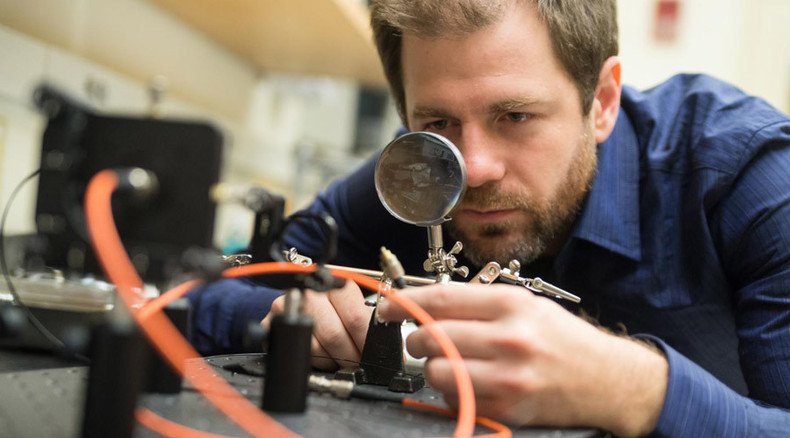Addiction cure? Scientists uncover brain circuits behind cravings

We all have food cravings from time to time, but now scientists have discovered a way to suppress those desires through the activation of designer neural receptors. The findings could aid in the battle against addiction and overeating.
The study, conducted by researchers at Dartmouth College, is “the first to systematically show how designer brain receptors and designer drugs work together to change how cues for food stimulate motivation,” the university said in a press release.
Our brain subconsciously operates on a system of cues and rewards, according to the scientists.
READ MORE: Food, glorious food? Obesity could stem from addiction - study
“In everyday life, we are bombarded with advertisements, or cues, that garner our attention and trigger us into purchasing products, or rewards. Consequently, these reward-paired cues can become attractive themselves,” the researchers wrote.
They used the example of the McDonald's golden arches acting as a cue by producing a craving for fast food, which is a reward, even when a person isn't hungry or hasn't seen any food.
The scientists studied this process by using sign-tracking, also known as autoshaping, experimental conditioning in which the reward is given regardless of the subject's behavior.
"Although we have a sense of what brain circuits mediate reward, less is known about the neural circuitry underlying the transfer of value to cues associated with rewards," said lead author Stephen Chang, a postdoctoral fellow. “We were primarily interested in whether the ventral pallidum, a brain region implicated in processing reward, is also involved in sign-tracking.”
READ MORE: Hunger games: Scientists manipulate gluttony & food cravings in mice
It was previously impossible to inactivate brain areas repeatedly and temporarily to study the role of cues, but it is now possible with a technology called DREADDs (designer receptors exclusively activated by designer drugs).
“Your brain cells are loaded with natural receptors, or molecules like jigsaw puzzles that are activated when another molecule arrives that fits like a missing piece. But DREADDs are engineered receptors introduced into neurons using viruses. Injection of a synthetic drug can activate these receptors, thus shutting down the neurons as a sort of remote control,” the scientists said.
The team found that activating DREADDs in rats blocked their reward-driven behavior. Chang called the finding “surprising, because the ventral pallidum was historically considered to be just an area for expressing motivations in behavior.”
Chang added that the results could potentially “strip away value” from reward-paired cues in cases such as overeating and addiction.












